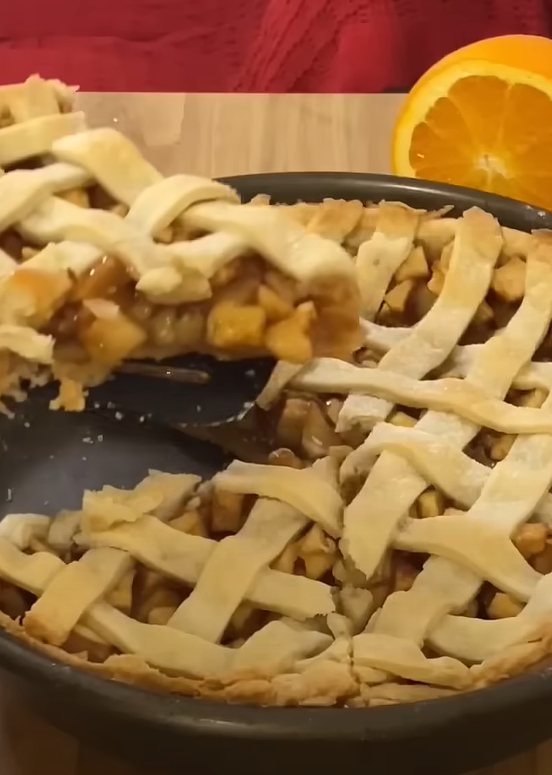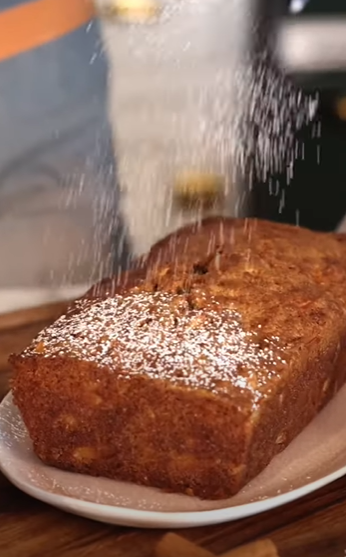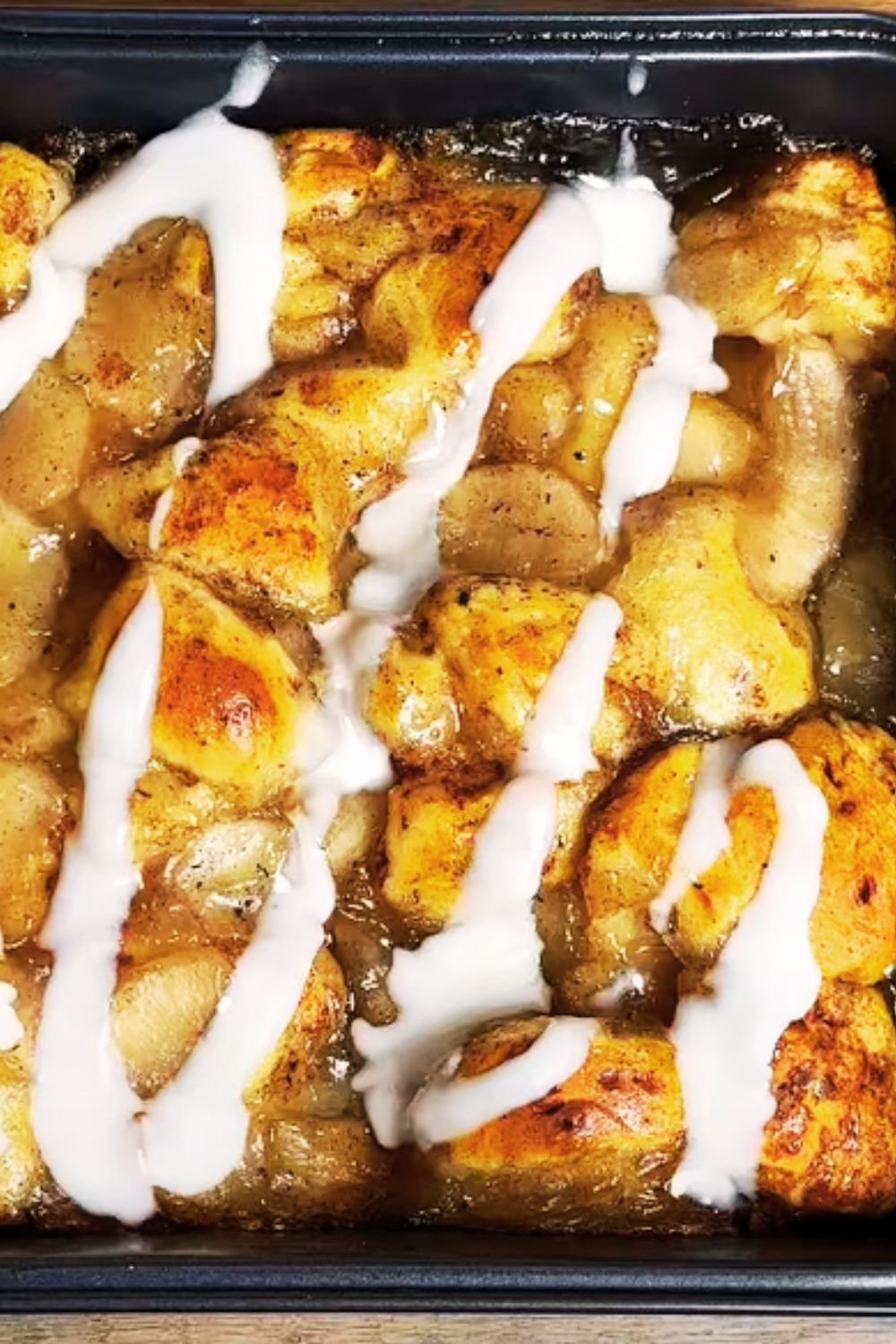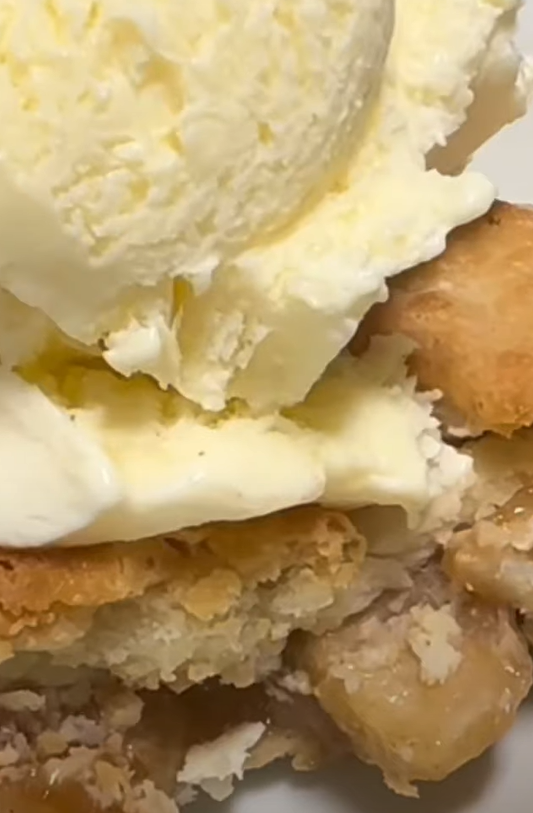I’ll be completely honest with you – when I first heard about Big Blue Monster Stuffed Cookies, I thought someone was pulling my leg. Blue cookies? Stuffed with what exactly? But after one bite of these magnificent creations, I became an absolute convert. These aren’t just cookies; they’re edible works of art that combine nostalgia, creativity, and pure deliciousness into one unforgettable treat.
The magic of Big Blue Monster Stuffed Cookies lies in their playful nature and surprising complexity. While they might look whimsical and fun – which they absolutely are – there’s serious baking science behind creating the perfect texture, achieving that vibrant blue color, and mastering the stuffing technique that makes each bite a delightful surprise.
Understanding the Big Blue Monster Cookie Phenomenon
Cookie Stuffing: The technique of encasing additional ingredients (chocolate chips, candies, cream cheese, or other fillings) within cookie dough before baking, creating pockets of surprise flavors and textures.
Food Coloring Gel: Concentrated coloring agents that provide vibrant hues without adding excess liquid to cookie dough, essential for achieving the signature blue color without compromising texture.
Chilling Technique: The process of refrigerating cookie dough to firm it up, making it easier to handle when stuffing and preventing excessive spreading during baking.
Monster Cookies: Originally a type of cookie loaded with various mix-ins like oats, chocolate chips, and candies, evolved to include creative variations and stuffed versions.
My journey with these cookies began during a particularly stressful week when I desperately needed something fun and comforting to bake. The combination of the therapeutic blue color and the element of surprise in every bite turned my kitchen into a playground of creativity.
The Science Behind Perfect Blue Monster Cookies
Creating the perfect Big Blue Monster Stuffed Cookie requires understanding several key baking principles. The blue coloring isn’t just for show – it needs to be evenly distributed without affecting the dough’s consistency. I’ve learned through countless batches that gel food coloring works far better than liquid alternatives because it maintains the proper moisture balance.
The stuffing component presents its own challenges. Too much filling and your cookies will burst open during baking. Too little, and you’ll miss that wonderful surprise element. I’ve found that the ideal ratio is about one tablespoon of filling per large cookie, carefully sealed within the dough.
Temperature control becomes crucial when working with stuffed cookies. The dough needs to be firm enough to hold its shape around the filling but not so cold that it cracks when you try to work with it. I typically chill my dough for exactly 30 minutes before stuffing – any longer and it becomes unworkable.
Essential Ingredients and Their Roles
| Ingredient | Quantity | Purpose | Pro Tips |
|---|---|---|---|
| All-purpose flour | 2¼ cups | Structure and stability | Measure by weight for consistency |
| Butter (room temperature) | 1 cup | Fat for tenderness and flavor | Should leave slight fingerprint when pressed |
| Brown sugar | ¾ cup | Moisture and chewiness | Pack firmly but don’t compress too much |
| Granulated sugar | ½ cup | Sweetness and texture | Helps with spreading and browning |
| Eggs | 2 large | Binding and richness | Room temperature eggs mix more easily |
| Vanilla extract | 2 teaspoons | Flavor enhancement | Pure extract preferred over imitation |
| Baking soda | 1 teaspoon | Leavening agent | Fresh baking soda ensures proper rise |
| Salt | ½ teaspoon | Flavor balance | Enhances all other flavors |
| Blue gel food coloring | 1-2 teaspoons | Signature color | Start with less, add gradually |
| Mini chocolate chips | 1 cup | Texture and flavor | Mini chips distribute more evenly |
The beauty of these cookies lies in the filling possibilities. I’ve experimented with everything from cream cheese and jam combinations to crushed cookies and candy pieces. Each variation brings its own personality to the final product.
Step-by-Step Baking Process
Preparation Phase
My process always begins with bringing all ingredients to room temperature. This might seem like a minor detail, but cold ingredients don’t incorporate properly, leading to uneven texture and color distribution. I usually set everything out about an hour before I plan to start baking.
Preheating the oven to 350°F (175°C) is crucial – don’t skip this step or try to rush it. Inconsistent oven temperature will result in unevenly baked cookies, and with stuffed cookies, this can mean some portions are overdone while others remain underbaked.
Creating the Base Dough
I start by creaming the butter with both sugars until the mixture becomes light and fluffy. This process usually takes about 3-4 minutes with an electric mixer, and I can tell it’s ready when the color lightens significantly and the texture becomes noticeably airy.
Adding eggs one at a time ensures proper incorporation. I’ve learned that rushing this step often leads to a dense final product. Each egg should be fully mixed in before adding the next, followed by the vanilla extract.

The dry ingredients get combined separately first – flour, baking soda, and salt whisked together to ensure even distribution. When I add this mixture to the wet ingredients, I mix just until combined. Overmixing develops too much gluten, resulting in tough cookies.
Achieving the Perfect Blue Color
Adding the blue food coloring requires patience and a light touch. I start with just half a teaspoon and mix thoroughly before evaluating the color. The shade will deepen slightly during baking, so I aim for a slightly lighter blue than my target final color.
Getting an even color distribution without overmixing the dough is an art form. I’ve found that using a large spoon to fold the coloring in works better than electric mixers at this stage, giving me more control over the process.
The Stuffing Technique
This is where the magic happens, and honestly, where most people struggle initially. I portion the dough into slightly larger than golf ball-sized portions, then flatten each one in my palm. The key is creating a well in the center without making the edges too thin.
My favorite stuffing combinations include:
- Cream cheese mixed with mini chocolate chips
- Crushed chocolate sandwich cookies
- Caramel pieces with sea salt
- Peanut butter chips with mini marshmallows
- Crushed candy pieces for extra crunch
After placing the filling in the center, I carefully wrap the dough around it, ensuring all seams are sealed. Any gaps will result in filling leaking out during baking, creating a mess and affecting the cookie’s structure.
Baking and Timing
I space the stuffed cookies at least 3 inches apart on parchment-lined baking sheets. These cookies spread more than regular cookies due to their size and the filling, so adequate spacing prevents them from merging into one giant cookie blob.
Baking time typically ranges from 12-15 minutes, but I always start checking at 10 minutes. The edges should be set and lightly golden, while the centers might still look slightly underbaked. They’ll continue cooking on the hot pan after removal from the oven.
Troubleshooting Common Issues
| Problem | Cause | Solution |
|---|---|---|
| Cookies spread too much | Dough too warm or butter too soft | Chill dough longer, ensure proper butter temperature |
| Filling leaks out | Inadequate sealing or overfilling | Use less filling, seal edges more thoroughly |
| Uneven blue color | Insufficient mixing or using liquid coloring | Use gel coloring, mix more thoroughly |
| Cookies too hard | Overbaking or too much flour | Reduce baking time, measure flour accurately |
| Centers remain raw | Oven temperature too high | Lower temperature, extend baking time |
| Cookies don’t hold shape | Not enough chilling time | Refrigerate dough 30+ minutes before baking |
Creative Variations and Flavor Combinations
Over the months, I’ve developed several variations that have become family favorites. My “Cookies and Cream Monster” uses crushed chocolate sandwich cookies as the base filling, while the “Peanut Butter Paradise Monster” combines peanut butter chips with mini chocolate chips.
For special occasions, I’ve created themed versions. Halloween calls for orange and black monster cookies with candy corn filling, while Christmas versions feature red and green colors with crushed peppermint candy centers.
The “Birthday Cake Monster” remains one of my most requested variations. I incorporate rainbow sprinkles into the dough and stuff them with funfetti cake mix combined with cream cheese. The result tastes like a birthday party in cookie form.
Storage and Serving Suggestions
Proper storage ensures these cookies maintain their texture and flavor for days. I store them in airtight containers at room temperature, where they stay fresh for up to one week. For longer storage, they freeze beautifully for up to three months.
When serving, I like to warm them slightly in the microwave for 10-15 seconds. This softens the cookie slightly and makes any chocolate or caramel fillings delightfully gooey.
These cookies pair wonderfully with cold milk, hot coffee, or vanilla ice cream. For children’s parties, I serve them alongside fresh fruit to balance the sweetness. Hot chocolate makes an excellent accompaniment during colder months.
Nutritional Considerations and Modifications
| Component | Per Cookie (Large) | Healthier Alternatives |
|---|---|---|
| Calories | 280-320 | Use applesauce to replace half the butter |
| Fat | 12-16g | Substitute with Greek yogurt partially |
| Sugar | 24-28g | Reduce by 25% and add extra vanilla |
| Fiber | 1-2g | Add oat flour for portion of all-purpose flour |
| Protein | 4-5g | Include protein powder in small amounts |
For those with dietary restrictions, I’ve successfully created gluten-free versions using a 1:1 gluten-free flour substitute. The texture differs slightly – they’re a bit more tender – but the flavor remains fantastic.
Vegan adaptations work well using plant-based butter and flax eggs. The blue coloring remains vibrant, and most people can’t tell the difference in the final product.
Advanced Techniques for Cookie Perfection
Temperature monitoring has revolutionized my cookie baking. I use an oven thermometer to ensure accuracy and rotate my baking sheets halfway through cooking for even browning. This attention to detail transforms good cookies into exceptional ones.
Double-panning is another technique I’ve adopted for these stuffed cookies. Placing one baking sheet under another creates more even heat distribution and prevents the bottoms from overbrowning before the tops are properly set.
For professional-looking results, I use a cookie scoop to ensure uniform sizes. This consistency not only looks better but ensures even baking across all cookies in a batch.
Questions and Answers
Q. How do I prevent the blue color from fading during baking? I use gel food coloring instead of liquid, and I’ve found that adding a tiny pinch of salt specifically to the coloring helps maintain vibrancy. The color may lighten slightly during baking, which is normal, so I always aim for a slightly deeper blue than my target final shade.
Q. Can I make the dough ahead of time and stuff the cookies later? Absolutely! I often make large batches of dough and refrigerate them for up to three days or freeze them for up to three months. When ready to use, I let frozen dough thaw in the refrigerator overnight before stuffing and baking.
Q. What’s the best way to ensure my filling doesn’t leak out during baking? The key is proper sealing and not overfilling. I use about one tablespoon of filling per cookie and make sure to pinch all seams closed thoroughly. Chilling the stuffed cookies for 15 minutes before baking also helps them hold their shape.
Q. Why do my cookies come out flat instead of thick and chewy? This usually indicates that either your butter was too warm, your dough wasn’t chilled long enough, or your baking soda might be expired. I always test my baking soda by dropping a small amount in vinegar – it should fizz vigorously if it’s still active.
Q. Can I use natural food coloring to achieve the blue color? Natural blue coloring is challenging because true blue is rare in nature. Spirulina powder can create a blue-green tint, but it won’t achieve the vibrant monster blue most people expect. If natural ingredients are important to you, consider embracing a more muted, natural-looking blue-green color.
Q. How do I know when stuffed cookies are properly baked? The edges should be set and lightly golden, while the centers might still look slightly soft. They’ll continue cooking on the hot pan after removal. If you press gently on the surface, it should spring back slightly but not leave an indentation.
Q. What’s the ideal texture for the finished cookies? I aim for cookies that are slightly crispy on the outside with a soft, chewy interior. The stuffing should be warm and gooey if it contains chocolate or caramel, but set if it’s cream cheese-based. Each bite should offer textural contrast.
Q. Can I reduce the sugar content without affecting the texture significantly? I’ve successfully reduced the sugar by up to 25% by compensating with additional vanilla extract and a small amount of unsweetened applesauce. Beyond that reduction, the texture begins to change noticeably, becoming less tender and chewy.
These Big Blue Monster Stuffed Cookies have become more than just a recipe in my kitchen – they’re a source of joy, creativity, and connection. Every time I make them, whether for a special occasion or just because, they bring smiles and spark conversations. The combination of playful appearance, surprising fillings, and delicious flavor makes them unforgettable treats that appeal to both children and adults.
The beauty of this recipe lies not just in its final result, but in the process itself. There’s something wonderfully therapeutic about working with the bright blue dough, carefully stuffing each cookie, and watching them transform in the oven. I encourage you to embrace the mess, experiment with different fillings, and most importantly, have fun with the process.
Remember that baking is as much about the experience as it is about the end product. These cookies are perfect for involving children in the kitchen, creating lasting memories while teaching basic baking skills. The forgiving nature of the recipe means that even if things don’t go perfectly, you’ll still end up with delicious treats that everyone will love.


